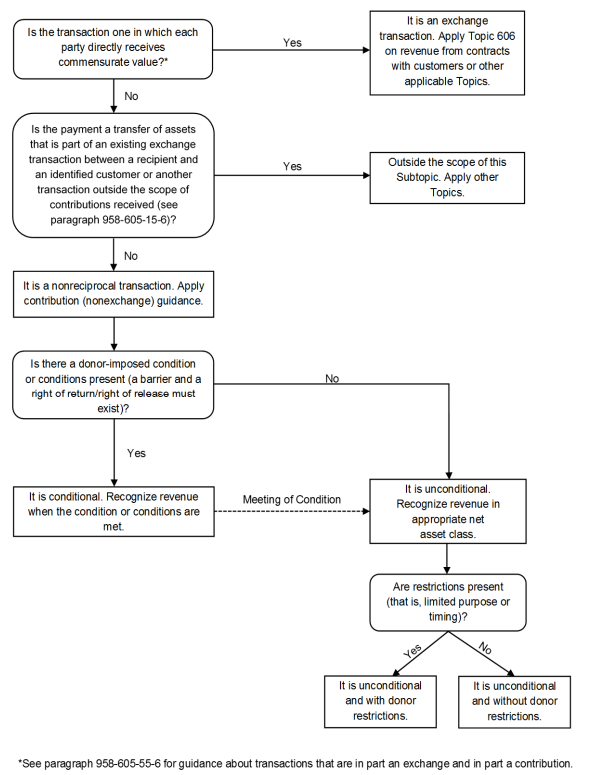In June 2016, the Financial Accounting Standards Board (FASB) released Accounting Standards Update (ASU) 2016-13, Credit Losses (Topic 326)
Measurement of Credit Losses on Financial Instruments, commonly referred to as “CECL.” The new standard was effective for fiscal years beginning on or after December 15, 2022. Since the standard has gone into effect, there have been cries of confusion coming from the not-for-profit world.
The new standard goes beyond previous credit loss estimates (frequently referred to as bad debt or uncollectible account reserves), which typically only considers the age of receivables and historical loss information. This aging method is still allowable under CECL; however, FASB now requires the separation of receivables by type and consideration of historical loss information in conjunction with current economic conditions and reasonable and supportable forecasts of future economic conditions that affect the collectability of these receivables. This forward-looking element adds complexity to the reserve calculation and may appear daunting to non-economists.
So, what’s the good news for not-for-profits? Largely, not-for-profit entities have two main categories of receivables, depending on the nature of their operations: promises to give and trade accounts receivable. Not-for-profits can breathe a sigh of relief knowing that promises to give are scoped out of CECL. Promises to give include all transactions that are considered nonexchange transactions and, therefore, are not required to be accounted for under ASU 2014-09 Revenue from Contracts with Customers (Topic 606). This includes conditional and unconditional contributions with and without donor restrictions. Grants are also included in this scope-out, so long as the grant is considered a nonreciprocal transaction. The main determination of a nonreciprocal transaction is the donor does not receive anything of commensurate value in return for providing the resources. FASB ASC 958-605-15-5A provides further guidance on how not-for-profits can determine if a grant constitutes an exchange transaction. According to this section of the codification, commensurate value does not include benefits received by the general public or execution of the grantor’s mission in fulfilling the grant requirements. ASC 958 also provides an informational flow chart, shown below, to assist not-for-profit entities in determining if a transaction is a contribution or a contract to be accounted for using ASC 606.
As for the consideration of current and future economic conditions when estimating credit losses, not-for-profit entities are not expected to incorporate complex economical calculations into their determinations. Historical information is a good starting point for reserve calculations with adjustments being made to reflect current and future economic conditions affecting collectability. These conditions should be relevant and can be qualitative in nature. Some examples of possible relevant qualitative information given by FASB include changes in unemployment rates, property values, and commodity values. Entities should only consider conditions relevant to the nature of their activities and those affecting the counterparties of their exchange transactions.
FASB’s Contribution Flowchart:
About Schneider Downs Audit and Assurance Services
Schneider Downs’ engagement teams are hand-selected by our shareholders based on skill sets and experience and are available around the clock for consultation. Each attestation engagement is subject to our comprehensive quality control and risk management system, providing an independent review of audit opinions, related financial statements and significant underlying working papers, to ensure that the highest levels of professional standards are met.
To learn more, visit our dedicated Audit and Assurance page.





